What Would Cause Electric Recepticals to Lose Power Then Come Back on Randomly
10 Silent Signs Your House Has a Major Electrical Problem
These warning signs aren't loud, but they are serious. Here are quiet clues that your home may have a major electrical problem.
1 / 11
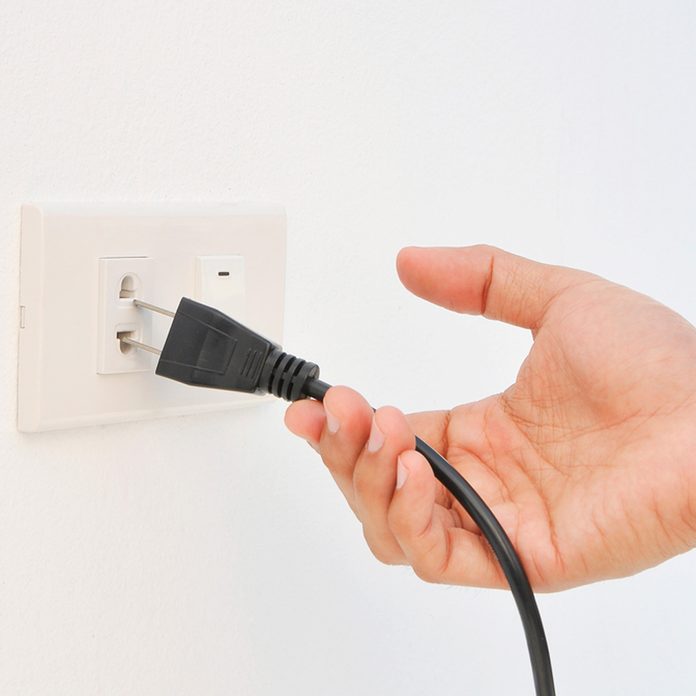 Love the wind/Shutterstock
Love the wind/Shutterstock
Hot Outlets
Many electrical appliances generate heat during operation. However, the outlet itself should never get hot. If you notice heat at an outlet, immediately unplug any cords and do not use the outlet until you can troubleshoot the issue.
Switch cover plates should be treated in the same way, with one exception: Dimmer switches commonly get warm to the touch, since they dissipate the excess electrical energy to create the dimming effect. However, even dimmer switch cover plates should never be uncomfortably hot to the touch. Excess heat is why you should always check the wattage before you install a dimmer switch.
2 / 11
Here are some electrical safety checks owners should do every year:
3 / 11
 papamafia/shutterstock
papamafia/shutterstock
Flickering Lights
Sure, Hollywood movies would have us believe flickering house lights are a sure sign of ghostly visitors. But it's much more likely there is a loose electrical connection. If the flickering is contained to a single light fixture, the fix is usually fairly straightforward. If it's affecting multiple lights or rooms, then the problem is likely farther back in the circuit. If it's the whole house that flickers, the problem may lie in the breaker box or at the utility drop outside your home. In that case, your best bet is to contact a licensed electrician to handle the troubleshooting for you.
If the issue is with a light socket and you want to fix it yourself, here's how to repair a light fixture.
4 / 11
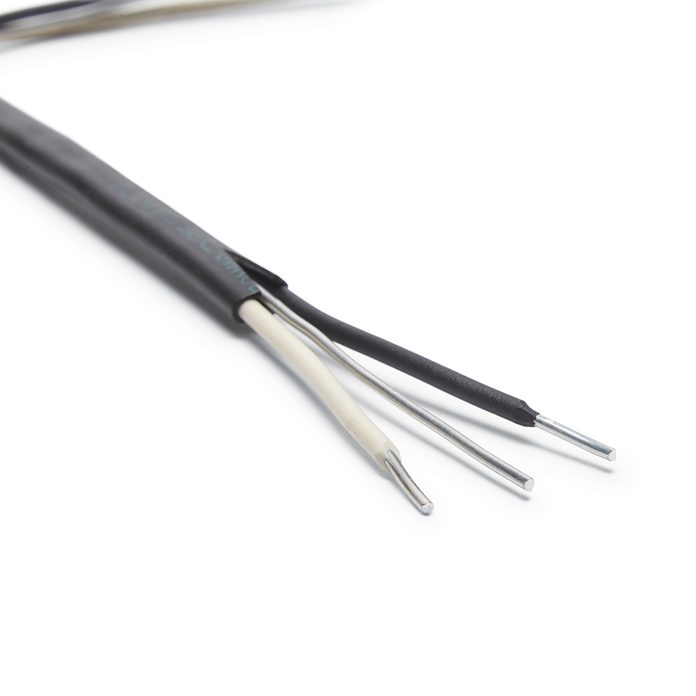 Aluminum Wiring
Aluminum Wiring
Aluminum Wiring
In the late '60s and early '70s, high copper prices led home builders to run electrical service using single-strand aluminum wire. Laboratory tests had shown that aluminum wire was a suitable replacement for copper, so it seemed like a good way to keep costs low. The problem was that exposed aluminum oxidizes far more rapidly than copper, building up heat and leading to fire risks. In perfectly controlled laboratory conditions, this wasn't an issue. But in the imperfect, real-world environment of your home, aluminum wiring (especially in branch circuits) was a fire hazard.
That's why aluminum is no longer used for residential branch-circuit wiring. The U.S. Consumer Product Safety Commission (CPSC) has found that homes with aluminum wiring may be up to 55 times more likely to suffer fire damage. There are a few ways to address existing aluminum wiring, from using specialized connectors to a complete home rewire. If you suspect your home has aluminum wiring, it's worth a call to a licensed electrician to discuss options.
5 / 11
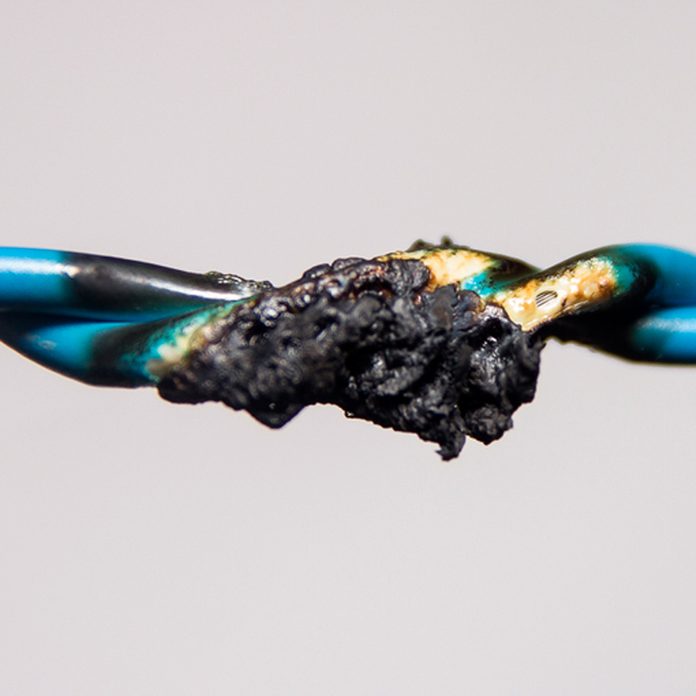 Markik/Shutterstock
Markik/Shutterstock
Burning Smell
It's probably no surprise that the smell of something burning should be an immediate warning sign! If the wiring in your electrical system is heating up enough to melt its plastic sheathing, you're facing an imminent risk of fire and you need to take immediate action. Try to identify the source of the issue, whether at one fixture or the breaker box, and get it resolved quickly. Family Handyman has troubleshooting guides for everything from outlets to lamps that aren't functioning properly. But if you're not completely comfortable with a DIY fix, reach out to a professional.
6 / 11
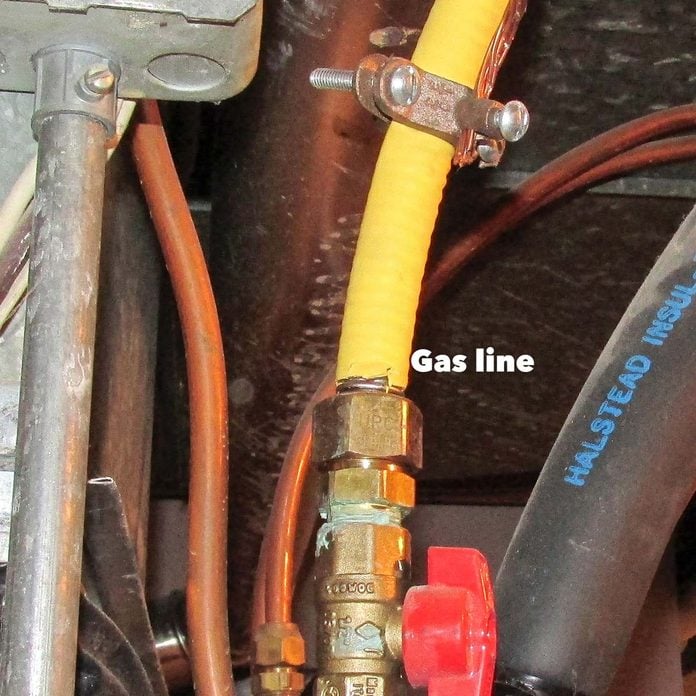 Family Handyman
Family Handyman
Improperly Grounded Flexible Gas Lines
Corrugated stainless steel tubing (CSST) or "flex line" is a popular choice to supply gas throughout your home. But it's important that it is properly grounded to avoid disastrous blowouts. An electrical surge, most often in a lightning strike on or near your property, can potentially rupture the corrugated tubing, leading to a gas leak or explosion.
It's important to note that this photo shows an improperly grounded CSST line. As explained in this story, the clamp could potentially pierce the line. And the sheathing acts as a barrier, defeating the purpose of the grounding.
7 / 11
 Thunya.88/Shutterstock
Thunya.88/Shutterstock
Ungrounded = Shocks
While we're talking about grounding electrical systems, it's worth noting that you may have grounding issues on a wider scale than just your gas line. If you touch a metal object connected to your home's mechanical system and receive a shock, it's a strong sign that your electrical system is not properly grounded. This certainly goes for electrical fixtures such as lamps or ceiling fans, but also things such as water lines or furnace ductwork. Don't confuse these shocks with static electricity pops, which are much smaller and shouldn't be concerning.
If your electrical service is ungrounded but has three-prong receptacles, then appliances which need to be grounded won't be. Ungrounded three-prong plugs are a top-ten electrical mistake.
8 / 11
 DaViDa S/Shutterstock
DaViDa S/Shutterstock
Loose Outlets
If you plug a cord into an outlet and notice that the insides of the outlet are moving around, it's time to pop open that outlet and get it squared away. A loose outlet will eventually shake its wires free, and that leads to shorts, sparks and potential fire hazards. Luckily, this serious problem has a relatively easy fix. Here's how to secure outlets quickly and safely.
9 / 11
 Family Handyman
Family Handyman
Bogus UL Stickers
Underwriters Laboratory is an organization dedicated to ensuring that products meet minimum safety standards. Items ranging from extension cords to smoke detectors carry a UL sticker, indicating that the device and its manufacturing facility have passed inspection. Unfortunately, some manufacturers step around UL inspection by using counterfeit labels. If you're buying cheap electrical devices, give that sticker a second glance, and look for typos or other signs that seem off to you. (See this UL guide to spotting fakes for more info.)
10 / 11
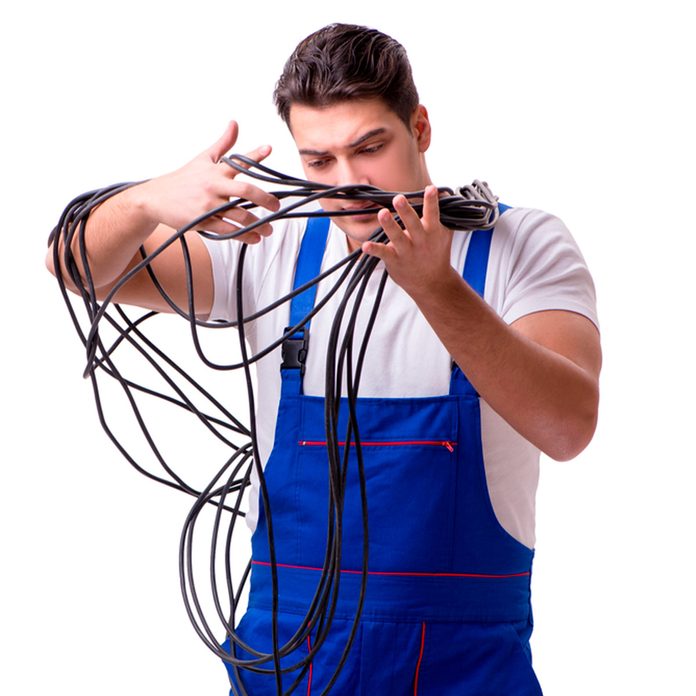 Elnur/Shutterstock
Elnur/Shutterstock
Messy or Tangled Wiring
Electricians don't get points for appearance. Beautifully arranged, well-organized cabling doesn't conduct any better than wires that run haphazardly or aren't quite level along a joist. However, signs of extreme disorganization or slapdash work can be an indicator of poorly done or rushed electrical work.
If you see excessively tangled lines, or junction boxes that look like rats' nests, best to do a more thorough inspection of the rest of your home's electrical service. And when you do, keep an eye out for these other common electrical code violations.
11 / 11
 Videoproduktion Grocholl/Shutterstock
Videoproduktion Grocholl/Shutterstock
Rodent Activity
Moving from metaphorical rats' nests to real ones: If you see rodent droppings or nest material near your electrical wiring, check for any chew marks on the wires. Rodents often gnaw wiring until it's bare. And while the critter probably won't live much past that point, you may be the one in for a shock when the exposed wire begins to spark or overheat.
If you see any indications of rodent activity near your home's wiring, check for damage. Then read up on how to keep mice at bay.
Originally Published: December 31, 2019
Sign up for DIY projects sent right to your inbox
Complete DIY projects like a pro! Sign up for our newsletter!

Subscribe & SAVE 1 Year Subscription
for only $10!
What Would Cause Electric Recepticals to Lose Power Then Come Back on Randomly
Source: https://www.familyhandyman.com/list/silent-signs-your-house-has-a-major-electrical-problem/
0 Response to "What Would Cause Electric Recepticals to Lose Power Then Come Back on Randomly"
Enregistrer un commentaire